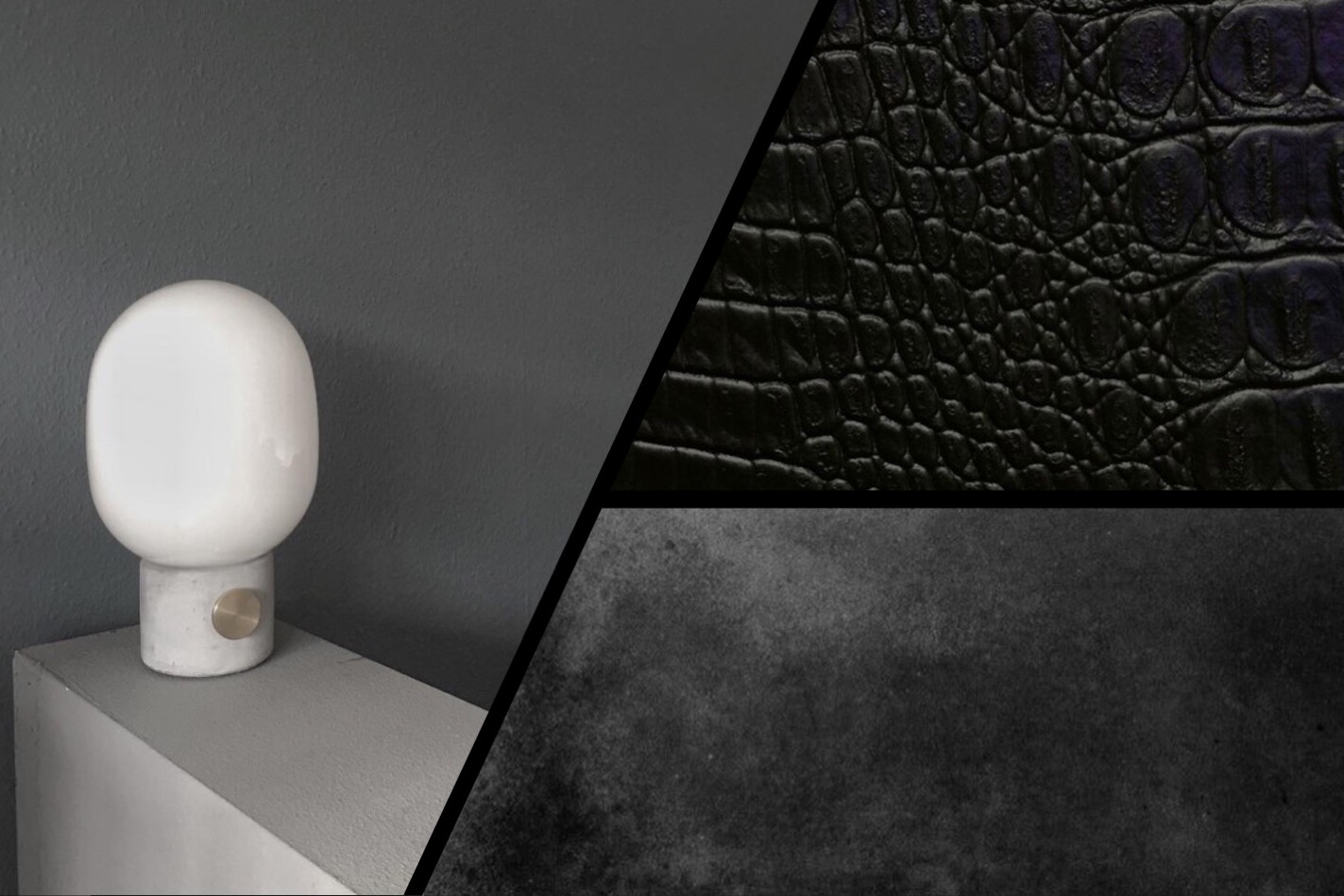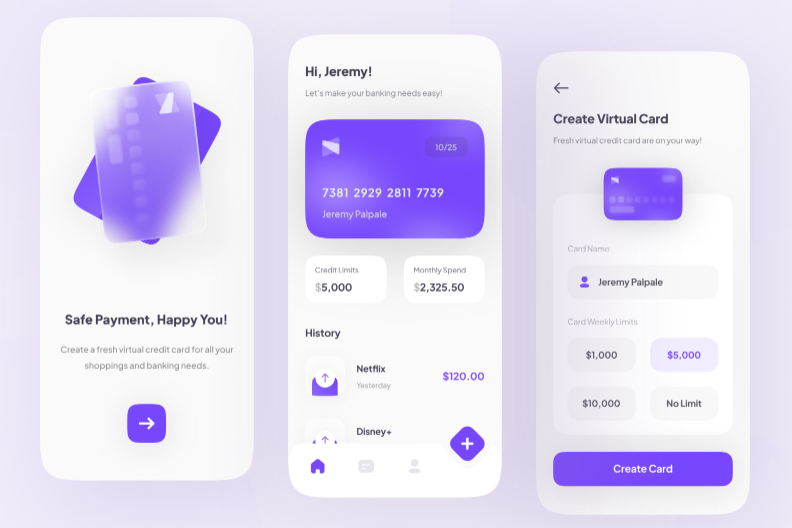10 Modern Web Design Trends for 2023
Web design is responsible for nearly 95% of a visitor’s first impression of your business, and great design can help you improve sales numbers.
That’s why it’s more important than ever to incorporate modern web design into your marketing strategy. But what modern web design trends are on the horizon for 2023, and how can you use them to freshen up your site?
1. Custom illustrations
Illustrations breathe life into your brand and website. When it comes to illustrations, modern web design for 2023 pulls inspiration from print publishing and other traditional art formats.
Gone are the days of cookie-cutter stock images, with websites incorporating custom illustrations into their modern web design in 2023.
Custom illustrations not only make your brand unique, but they also add a level of brand awareness when your custom illustrations speak to your brand’s style.
2. Full-page headers
Full-page headers are the way to go for modern web design in 2023.
Web designers can implement header variations, but a popular setup involves adding key text or call-to-action (CTA) buttons to the left of the header with eye-catching images on the right. This is because readers tend to focus most of their attention on the top-left of your page.
3. Paralax scrolling
Paralax scrolling is another modern web design trend for 2023. One version of paralax scrolling allows you to expose more of the site each time you scroll — like the site is telling a story.
4. White space
Modern website design is heading back to minimalism with the trend of purposeful white space, much like in print magazines.
Like natural currents, white space helps move visitors through your site pages, flowing from one element to the next — and it creates a visual hierarchy where no element distracts from the whole. The breathing room white space provides allows viewers’ eyes to rest.
It also aids comprehension by defining relationships between page elements. When two elements are close together with little white space in between, human eyes will view them as one unit.
On the other hand, if two elements are further apart, your eyes will view them separately.
White space allows visitors to identify your site’s hierarchy.
And they use white space to find the most important information on pages, so knowing how to use white space on your website will help improve your site’s user experience (UX).
Click Here to read the full article at its source.
Related Posts
The Importance of Consistent Branding in Company Growth
In today's rapidly evolving business landscape, consistent branding is more…
The State of UX Design
From rethinking remote work policies to acknowledging the unintended impact of…
Top Web Design and UI Trends
Design trends can shape everything from how designers create to user interface…




